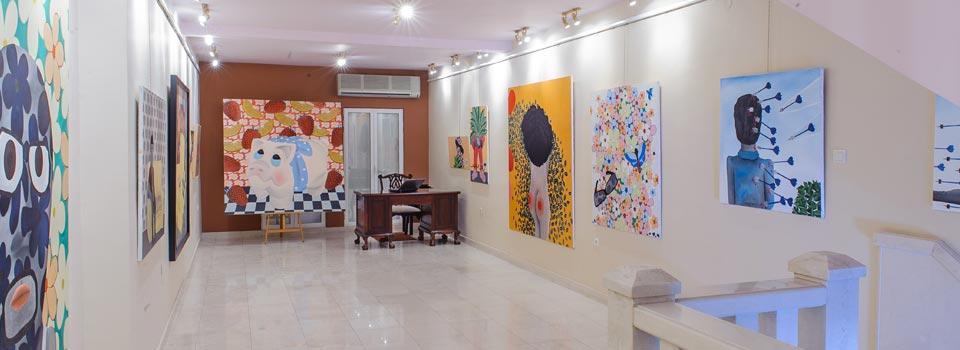Montenegrin Culture

Culture
Montenegro’s culture intertwines influences of Mediterranean, Central European, Eastern European and Oriental civilizations from myriad periods of times.
These influences can be traced all the way back to the village of Lipci, where caves from prehistoric men were painted with symbols of deer hunt and a ship. In the opposite part of Montenegro, high in the mountain Prokletije, prehistoric men had drawn themselves and wolves on a stone plate.
Montenegro’s culture revolves around large tombstones, some standing and some altered into pagan temples.
Old civilizations such as the Illyrians or Hellenes have left a mark for good in their once homeland. Language, religion, distinguishability, and wilderness amongst other traces are significant for Montenegro.
Old temples, monumental sites, museum, aqueducts, cities, bridges are all part of the amazing historical culture with more than 2000 years of lifespan.
Diversity
Montenegro is cross-diverse country, as it has welcomed all kinds of cultures, traditions, customs, and they’ve been imbedded to create a harmonious environment for diversity.
In Montenegro, traces of previous encounters with various civilizations have left a mark for good. This can be seen if we observe the inhabitants and their origin. A considerable part of the population of Montenegro is Slavic, namely Serbian, Croatian, Macedonian, Romani, Bosnian, but also Albanians and other Muslims.
Religion
Montenegro is diverse in religion as well. Orthodox Christianity – 460,383 (74.24%), Islam – 110,034 (17.74%), Roman Catholic – 21,972 (3.54%), Protestant – 383 (0.06%), unknown – 5,009 (0.8%) and the 17,947 refugees which bring diversity at its peak.
Arts
Together with the amazing traditions that Montenegro has inherited, art is very developed and appreciated among the population of Montenegro. This is what has prompted the culture there to build numerous art centers as seen below:
Center for Contemporary Art of Montenegro in Podgorica
Montenegrin Gallery of Arts:Miodrag Dado Djuric, in Cetinje

Pizana Gallery, Podgorica

Modern Gallery of Budva

Josip Bepo Benkovic Gallery, Herceg-Novi (Kotor)

Music
Music of Montenegro has been deeply influenced by Western cultures although it has preserved their country’s unique musical tradition.
The first musical school was founded in Cetinje, which is considered the cultural city of Montenegro. The most traditional instrument of Montenegrins remains “Gusle” which is a similar instrument to violin but with only one string with a very interesting sound.
Classical music is highly developed in this country and it has some very famous compositors such as: Špiro Ognjenović and Jovan Ivanišević among others. Rock music is represented by Perper group and Hip Hop music is represented by ‘Who See’, Sergej Ćetković, Rambo Amadeus, Bojan Marovic, Andrea Demirović and so forth.
